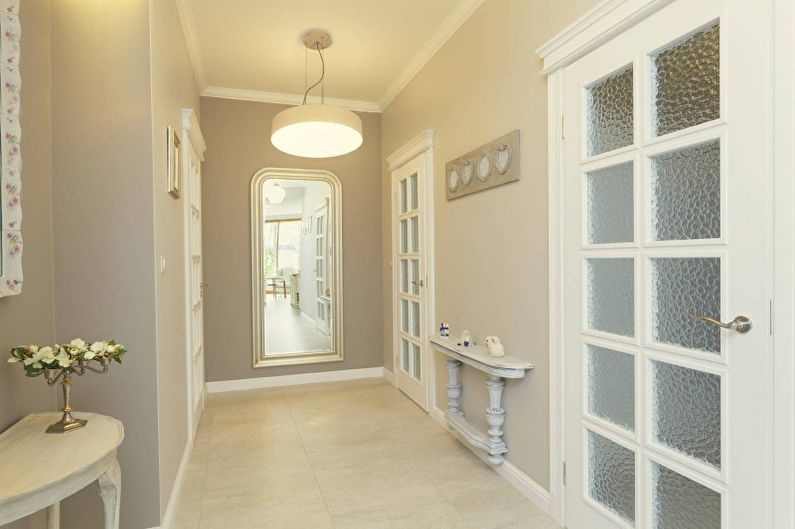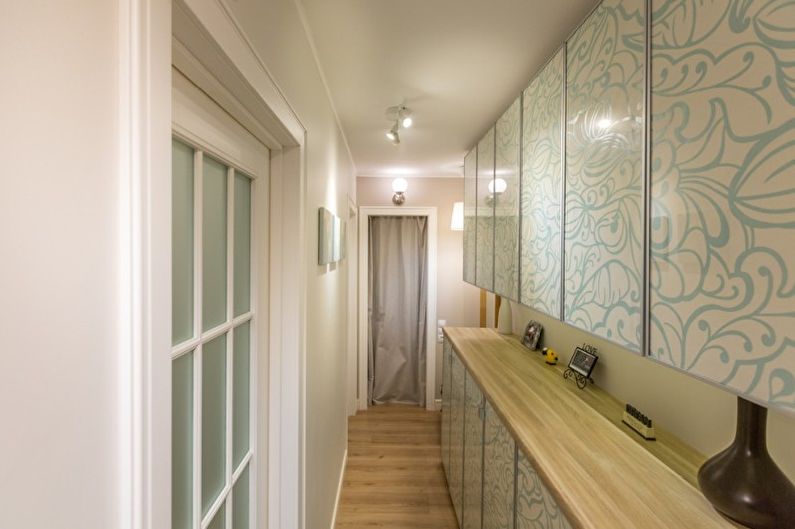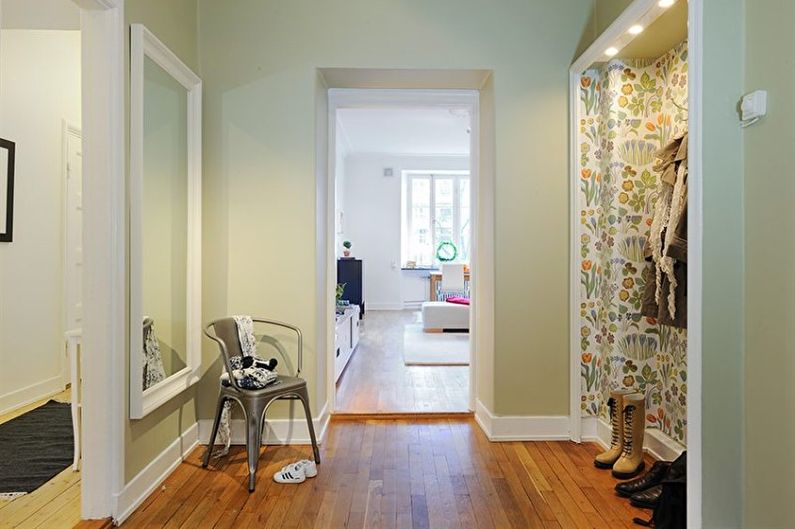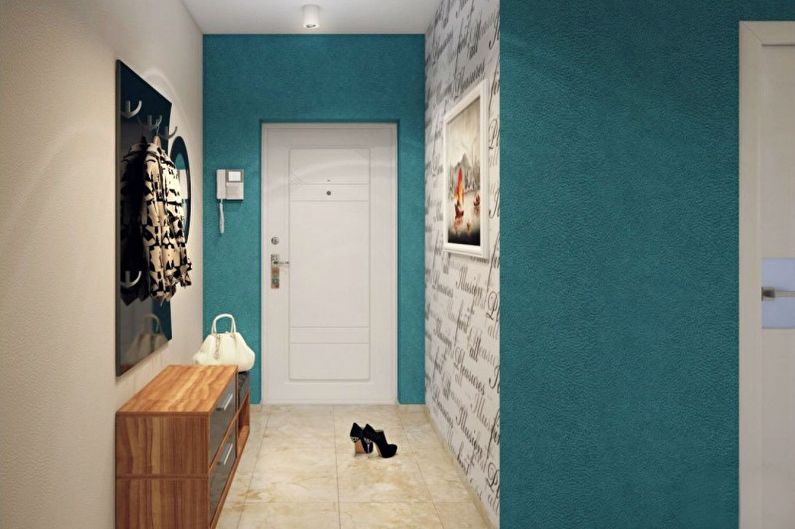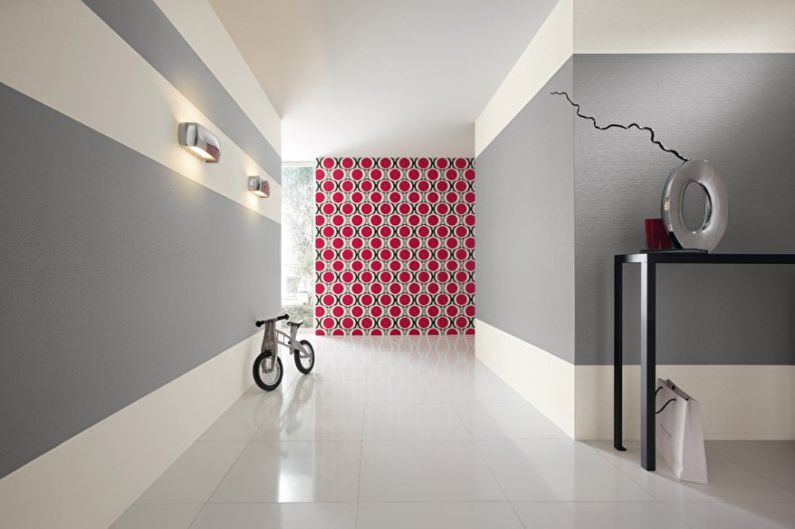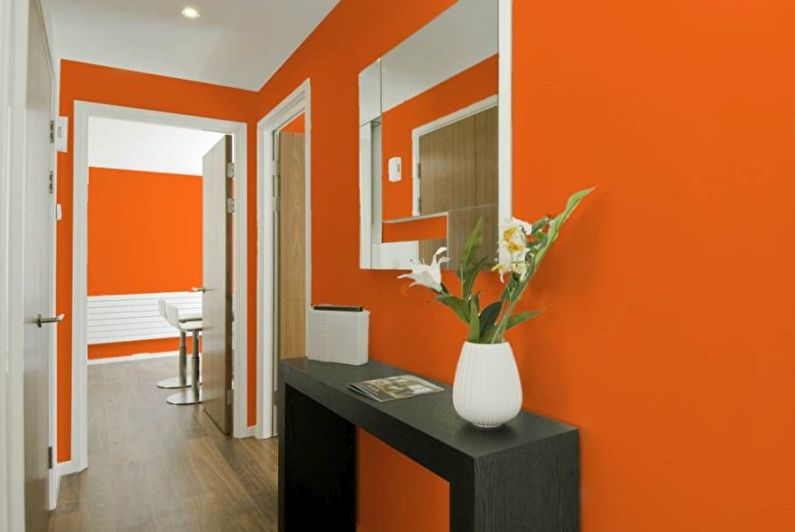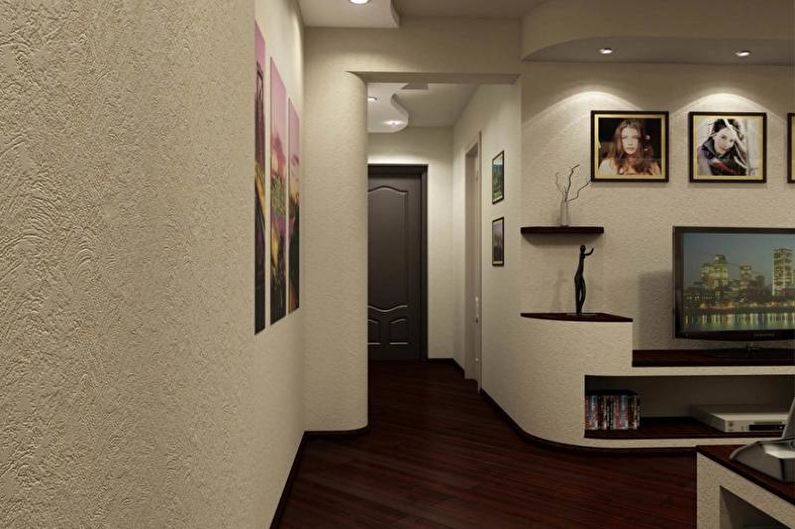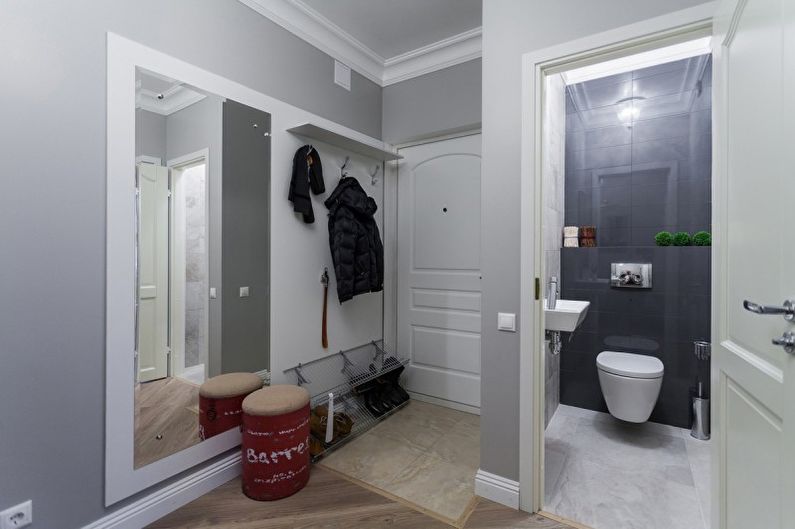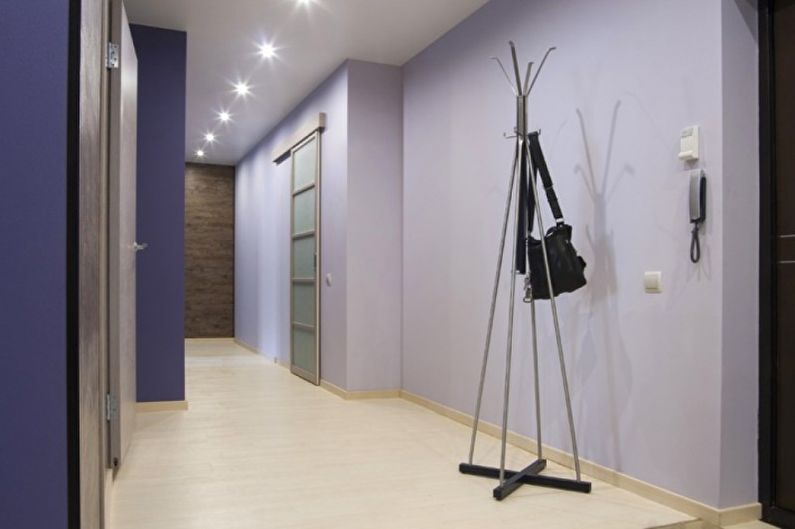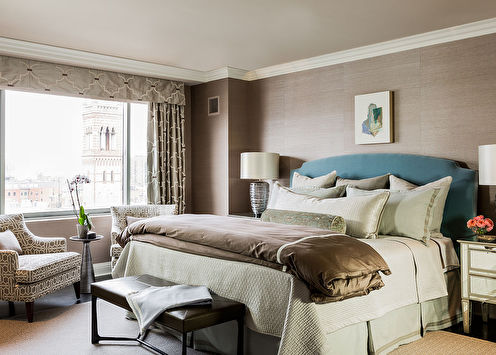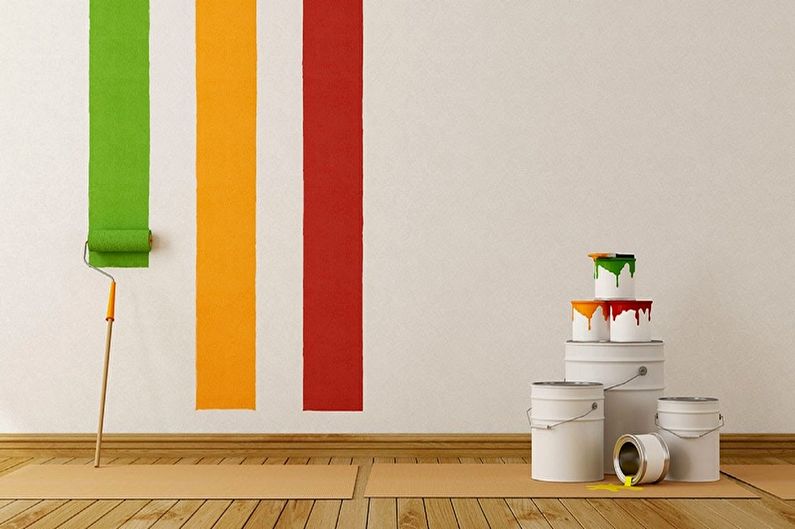
Not everyone is ready to agree to a long monotony in interior design - especially creative people and those who have not yet been able to fully decide on a style decision for their home. Wallpaper for painting is a great opportunity to change the appearance of the room without any special financial and time costs. It is worth noting that for this purpose exclusively special wallpapers are suitable that have the necessary characteristics: high moisture resistance, rich pigment and sufficient relief of the coating.
Types of wallpaper for painting
There are three main types of wall coverings that can be classified as wallpaper. They include the following types: non-woven, paper and fiberglass.
Non-woven wallpaper
They have one of the most dense and non-wrinkling bases. The mechanism for creating non-woven wallpaper is to apply a vinyl pattern through a special stencil. The wrong side of the product remains completely flat. Specialists love to use such material for painting, because it is resistant to mechanical damage, and is also able to smooth uneven walls, mask cracks or other aesthetic defects, which is especially true in new homes where walls can shrink. A variety of thicknesses of textures and color shades will also please the gourmets of the design.
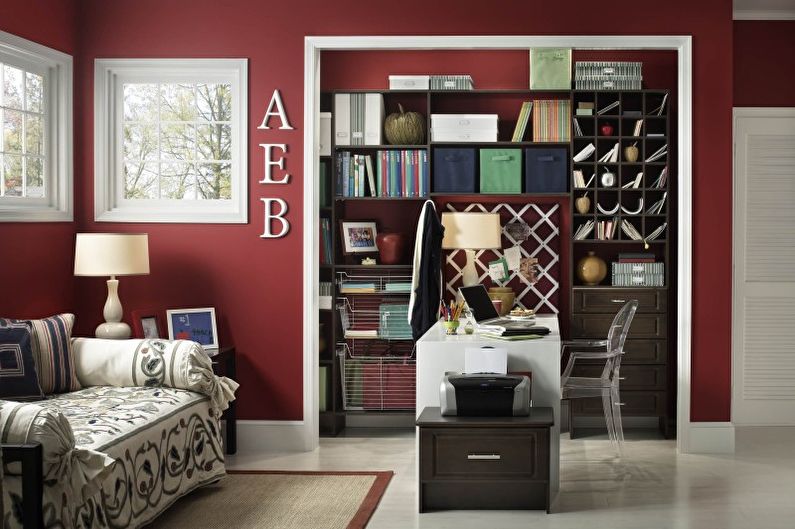
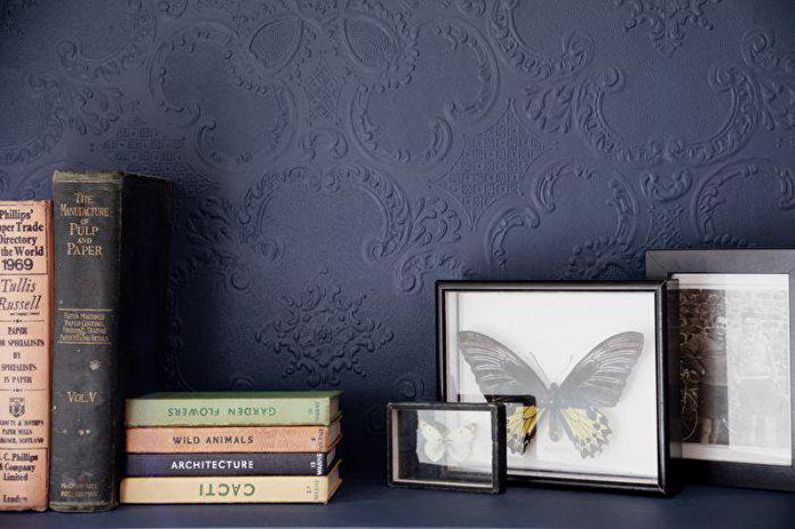
Paper wallpaper
A popular and proven type of wall covering, which is suitable for painting a variety of surfaces. Special impregnation allows you to be sure of the high water-repellent properties of this product. This characteristic does not lose its relevance even with repeated staining with bright pigments. Paper wallpapers can decorate not only the walls, but also the ceiling. Two thick layers create the effect of a perfectly smooth surface.
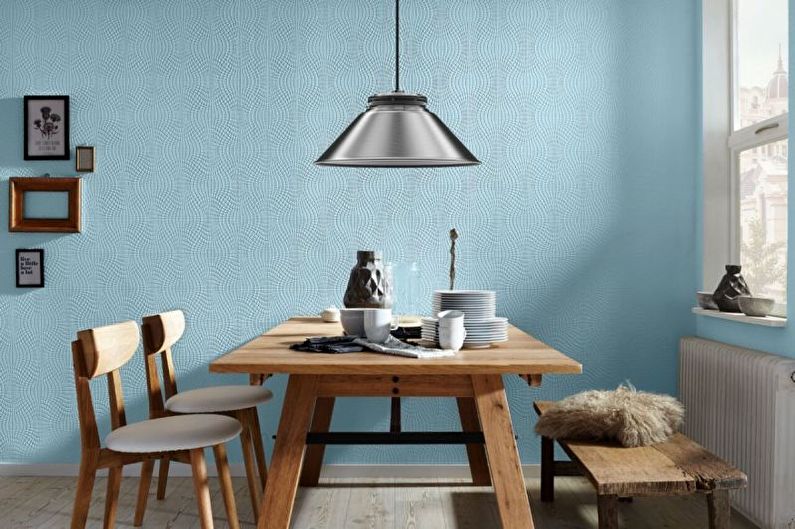
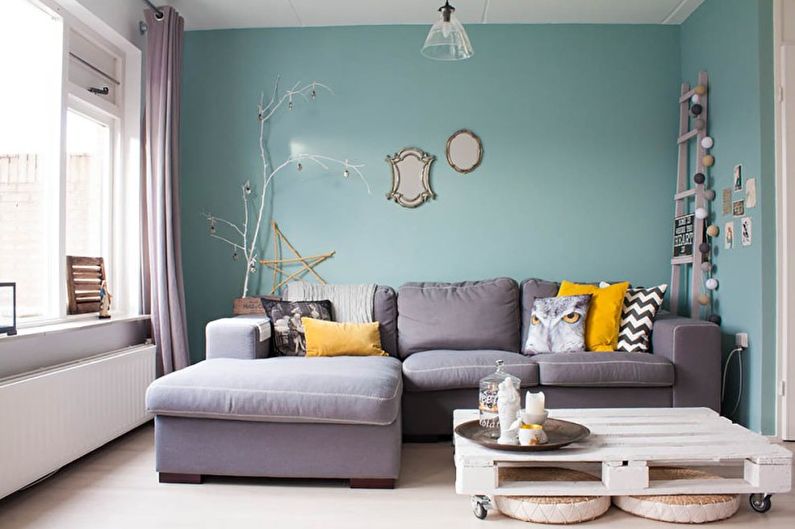
Cullet
An interesting composition affects not only the functional qualities, but also the excellent appearance of the glass. They are created from special fibrous filaments, which were obtained from a mixture of sand, soda, dolomite or other alternative components. The surface of the finished coating is connected to the paper layer. There is a huge number of glass wallpapers with geometric patterns, colorful ornaments and unusual textures. The product is famous for its durability and ease of maintenance (it is enough to wash it wet with a special brush).

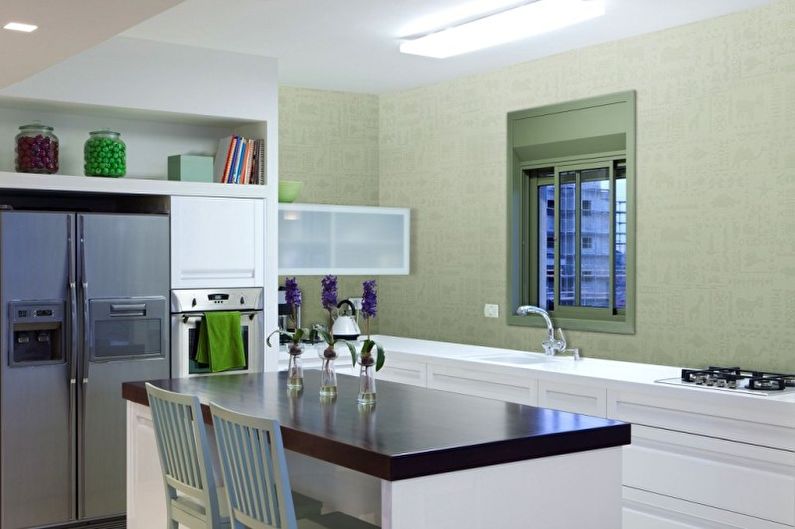
How to glue and paint
When buying wallpaper for painting, it is important to remember that you need to properly prepare for working with this material. To glue the product carefully, it is worth purchasing a special glue. If universal is suitable for a paper base, then for an interlining and glass wallpaper you need to purchase an individual adhesive. Then it is worth cleaning the walls of old coatings. It is enough to remove the densest layer. Rough surfaces can be slightly plastered. After these manipulations, it is desirable to treat the walls with a pre-prepared primer, which must be given time to shrink and dry. Next, you can proceed to the wallpapering itself, carefully moving clockwise from the window. To create a perfectly smooth surface and evenness, you can use a level meter that will help with this task.
To paint the wallpaper you need to approach with the same responsibility as their gluing. Before you apply the selected dyes, you need to make sure that the wallpaper is completely dry. For uniform application of dense pigment, a fur roller is suitable, for decorating walls with drawings - a thin brush.For the non-woven look of the wallpaper, a glossy dye is used, which is often called water-based paint, for glass, acrylic is best used. Paper products are more versatile in this regard. At the first coloring, the paint is applied in two layers with an interval of 2-3 hours.
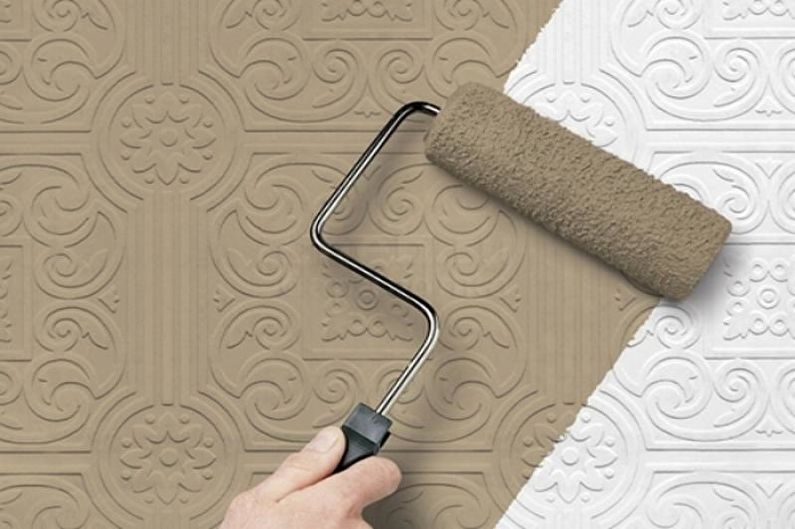
Wallpaper for painting in the interior - photo
With the help of such an interesting wall covering, you can turn any room into a real design project. Wallpaper for painting always looks elegant and harmonious.
Wallpaper for painting for the living room
This room is proudly called the face of the owners of the house. Therefore, it will be appropriate to use glass murals that can recreate the most unusual textures and patterns (rhombuses, squares, spider webs, dots, Christmas trees). Such a solution will definitely become relevant for such interior designs: classic, baroque, pop art, provence. For those who appreciate the uniformity and warm colors, non-woven or paper wallpapers are perfect.

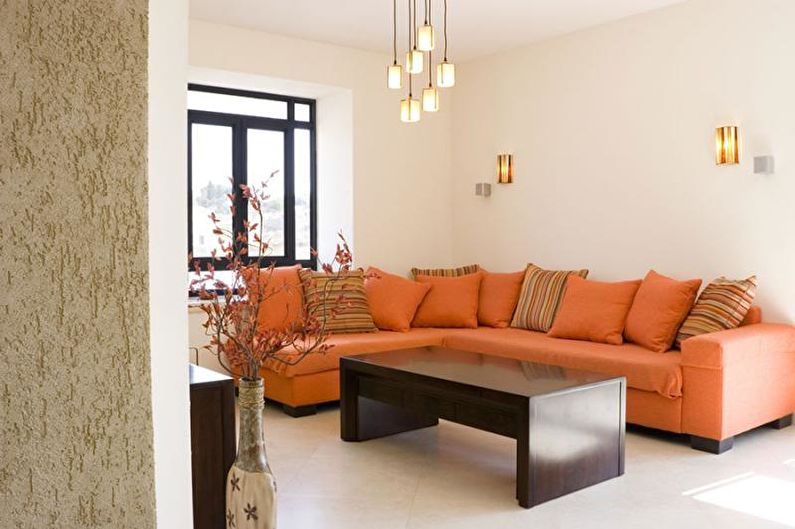
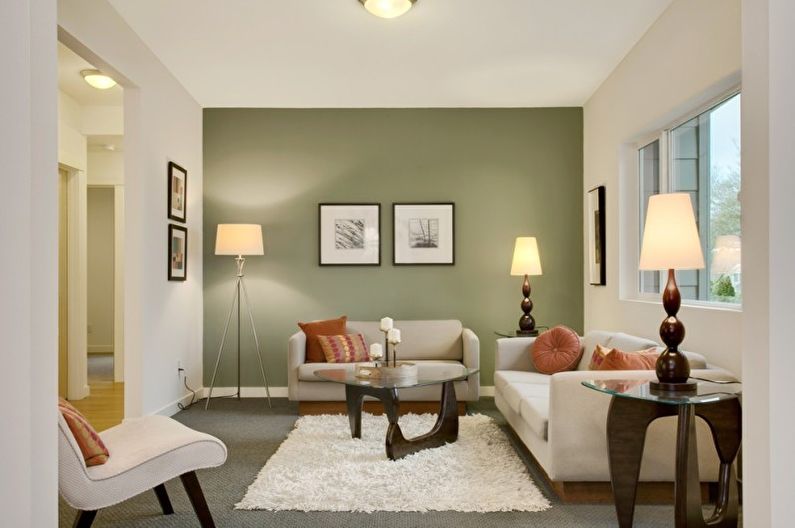
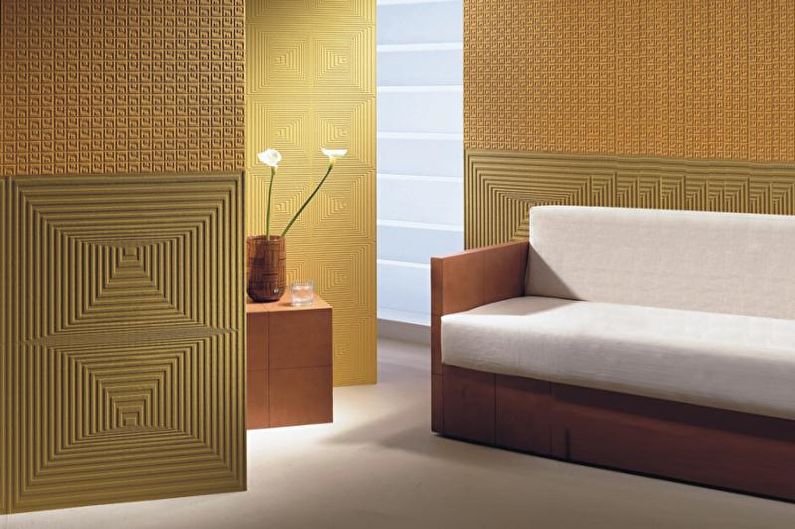
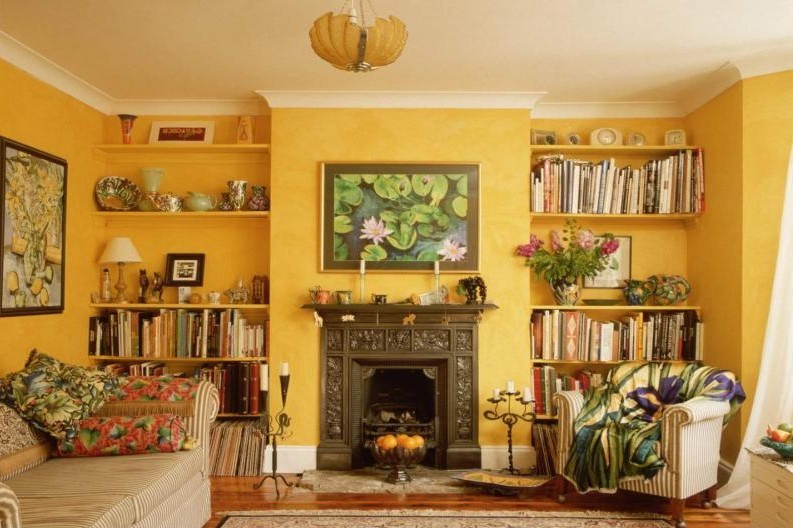
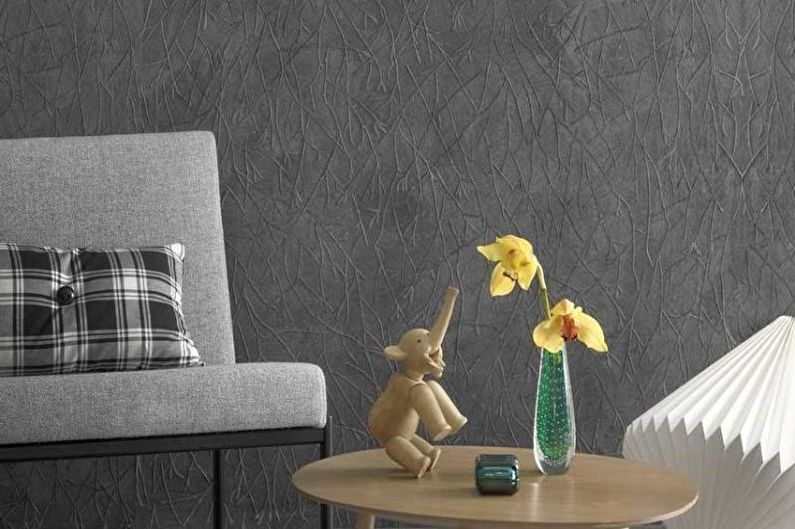
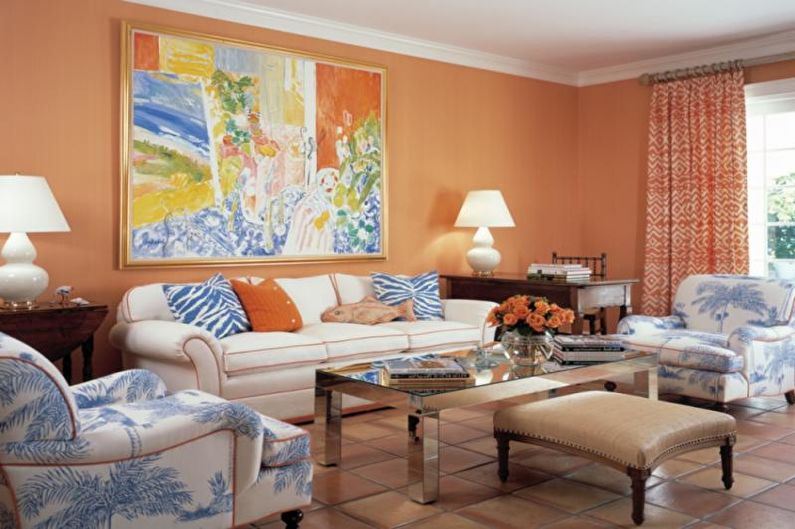
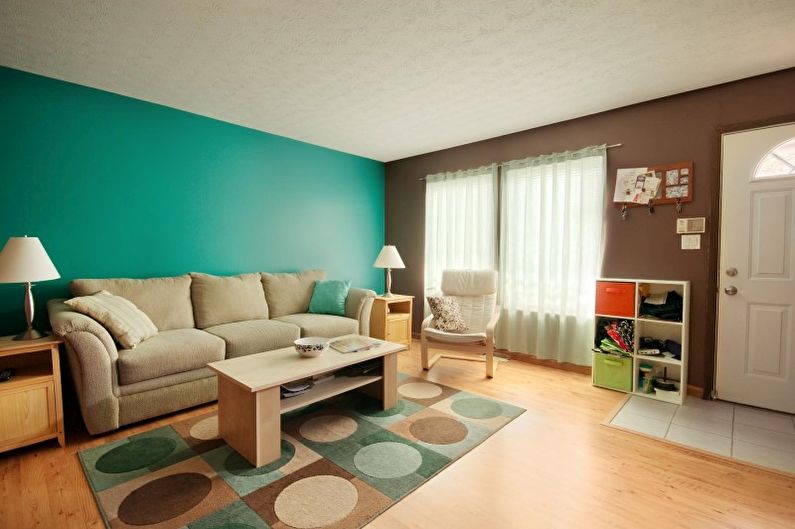
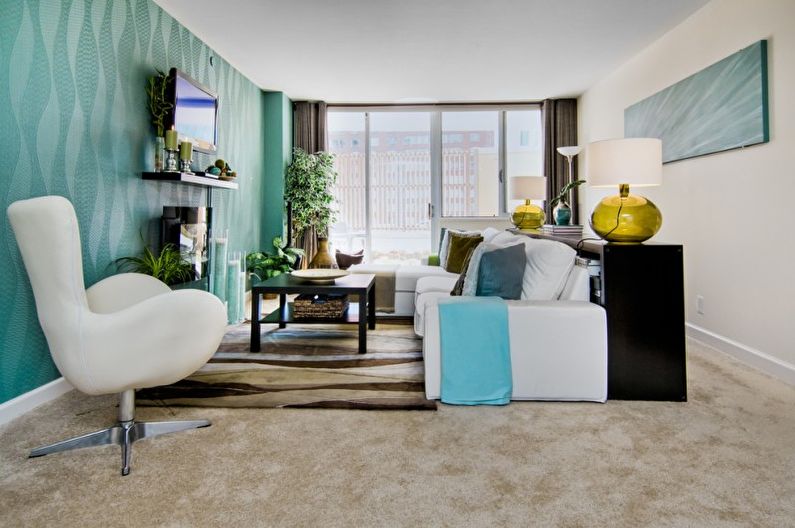
Wallpaper for painting for a bedroom
A frequent desire of people is a calm and comfortable lounge room, which can also be stylish and extravagant. This can be helped by simple manipulation of wallpaper for painting - creating a contrast between two shades of the same color (or different colors). For example, the upper part of the wallpaper is painted in lemon, and the lower - in coffee. Such a simple ploy of designers turned a million extraordinary bedrooms into works of art.
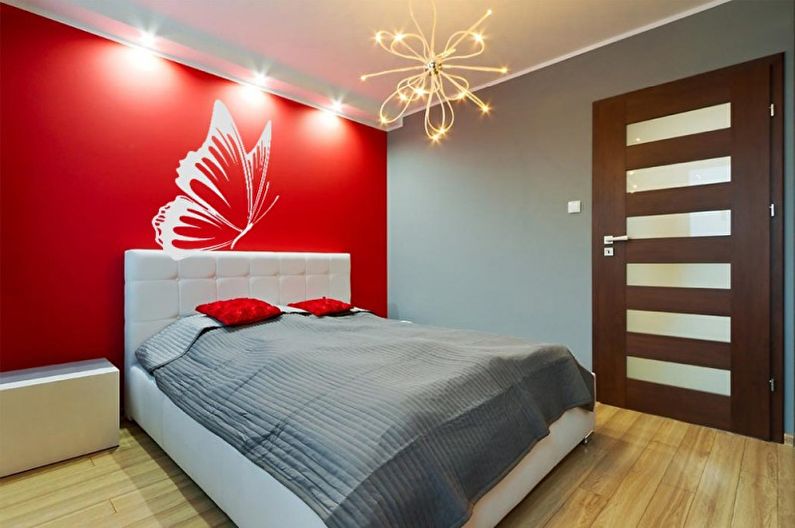
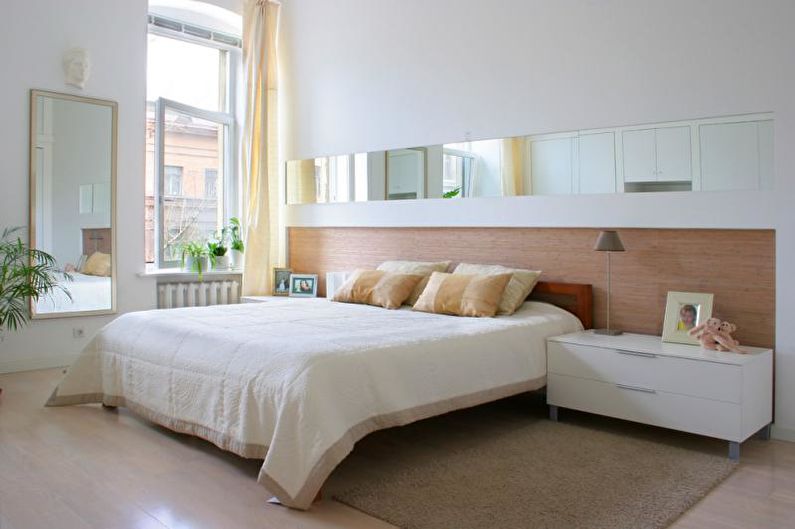
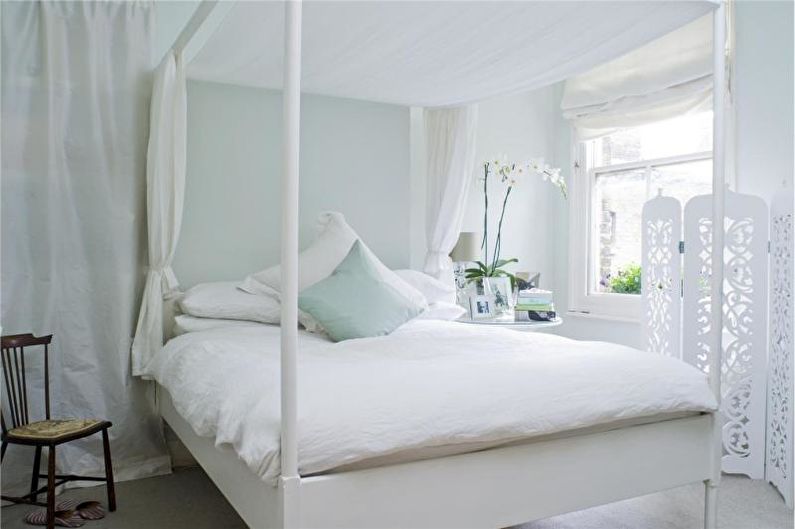
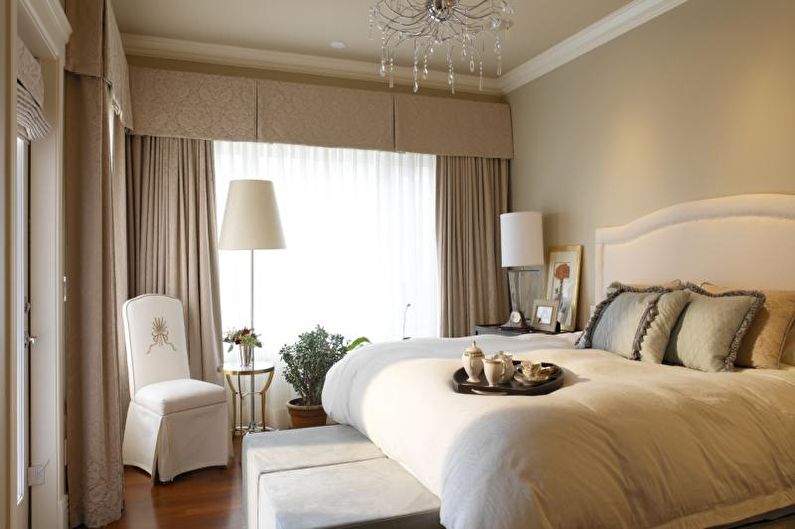
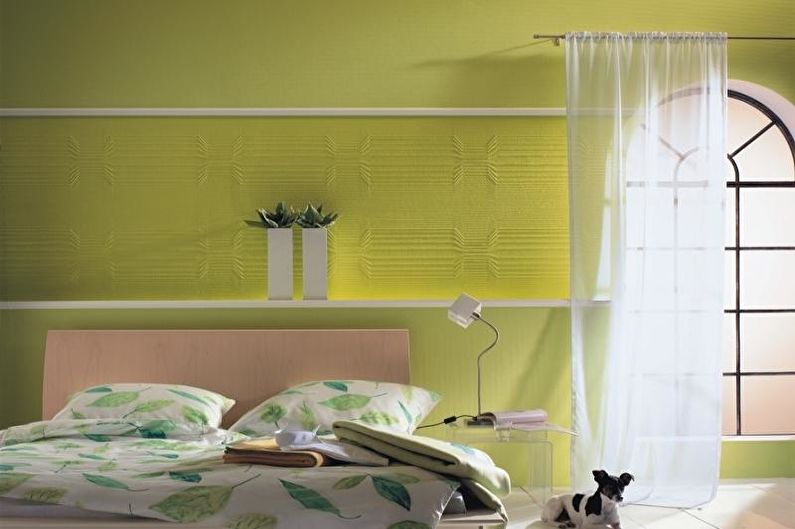
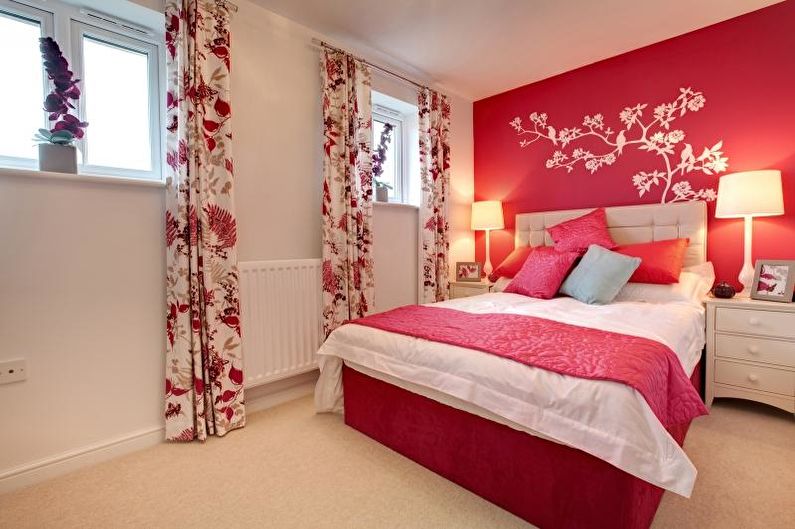
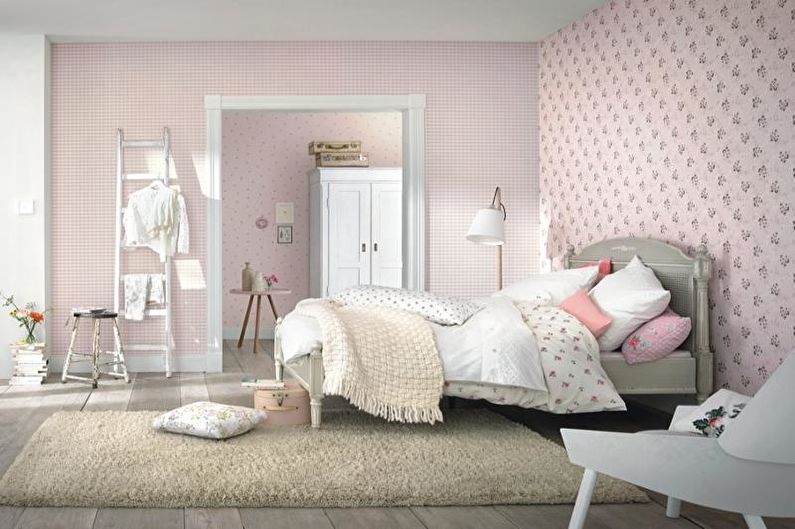
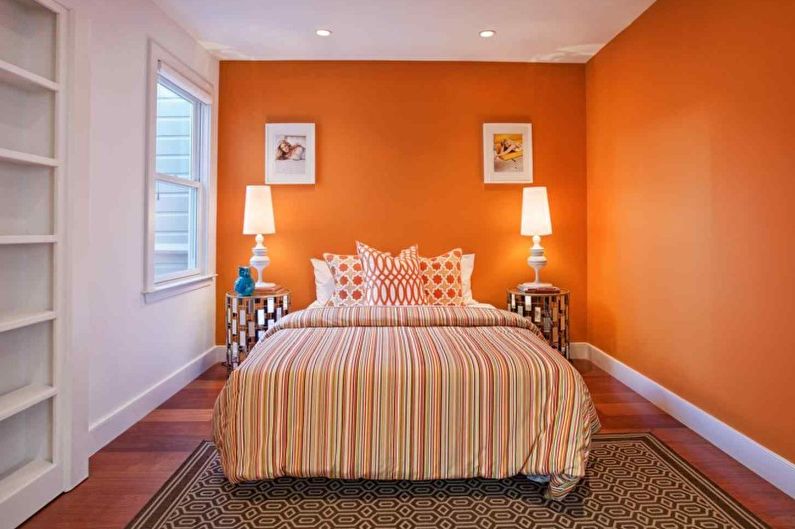
Wallpaper for painting for the kitchen
The best choice of wallpaper for painting for the kitchen space will be non-woven material. This is due to the fact that the kitchen is often exposed to changes in temperature and humidity in combination with fumes. This type of wallpaper will look great over time, without losing its outer gloss due to the functional characteristics of the material. The kitchen in the style of minimalism or classic fit monotony, for other styles, you can use texture.

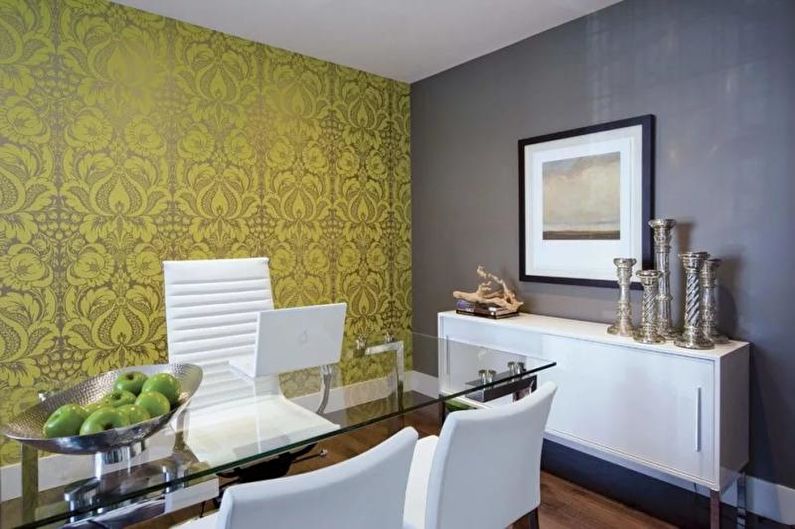
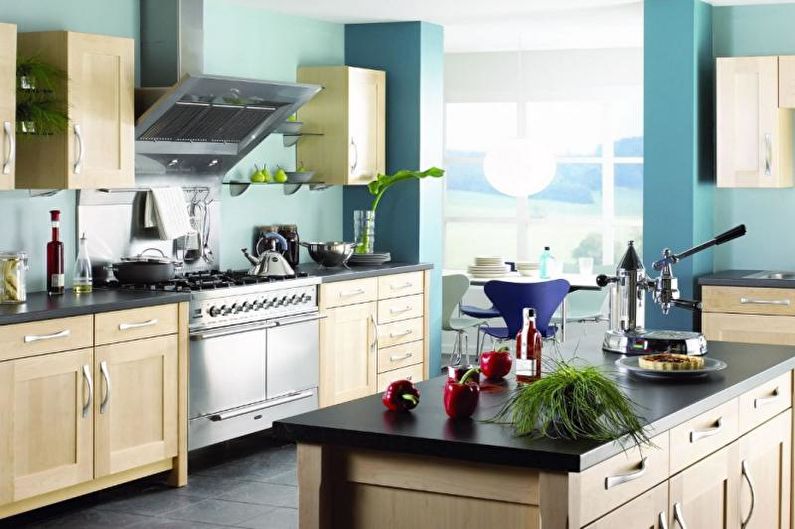
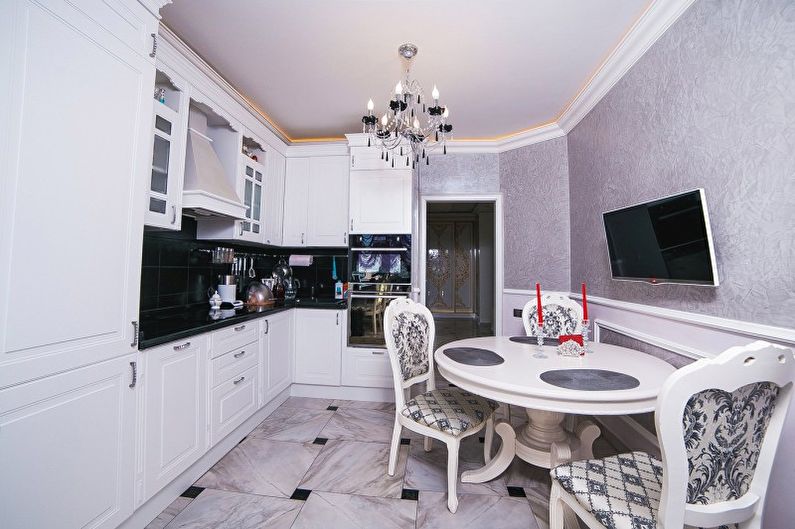
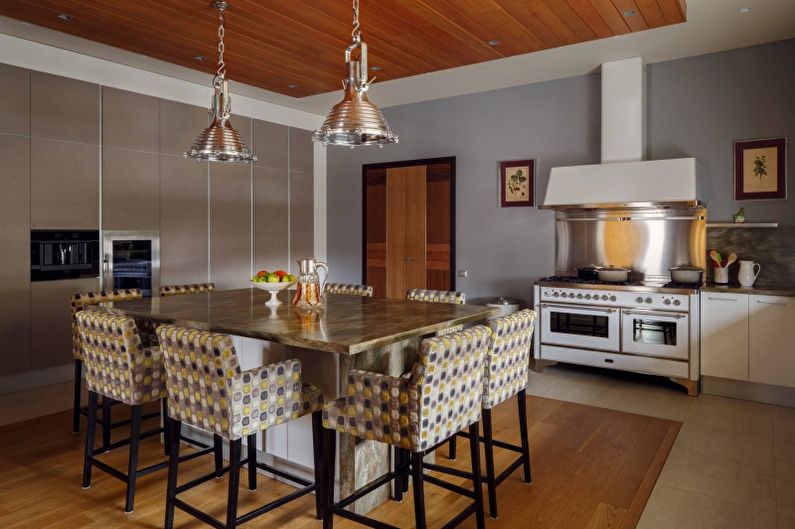
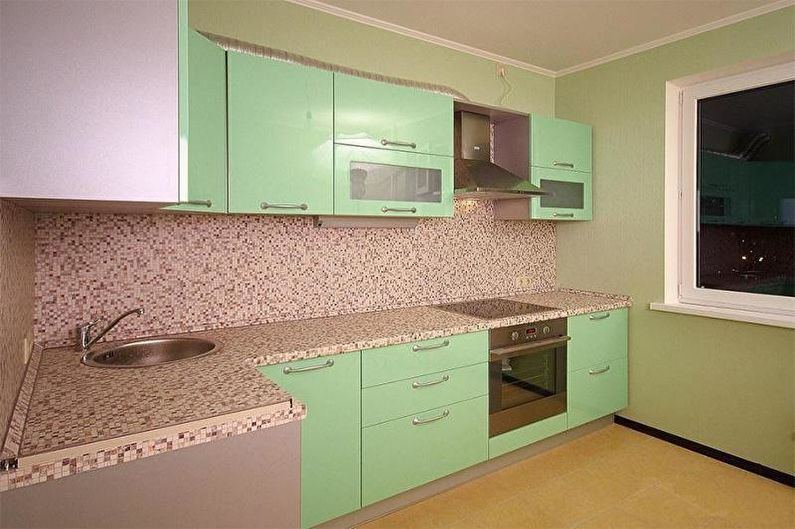
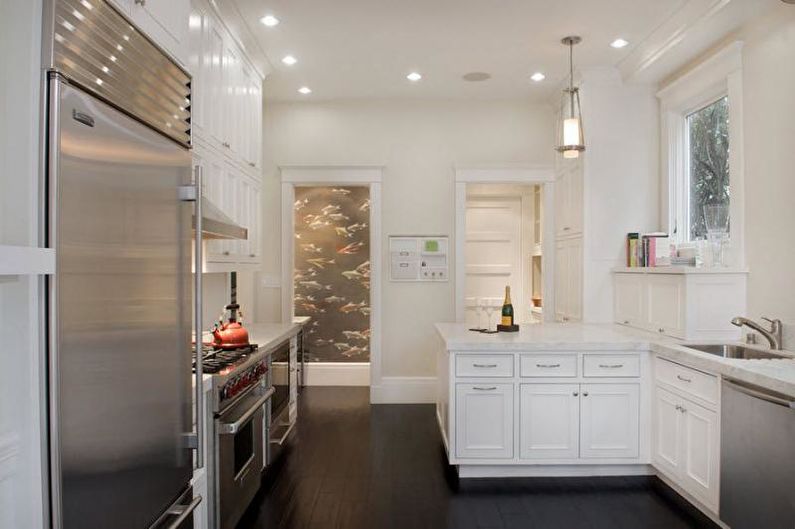
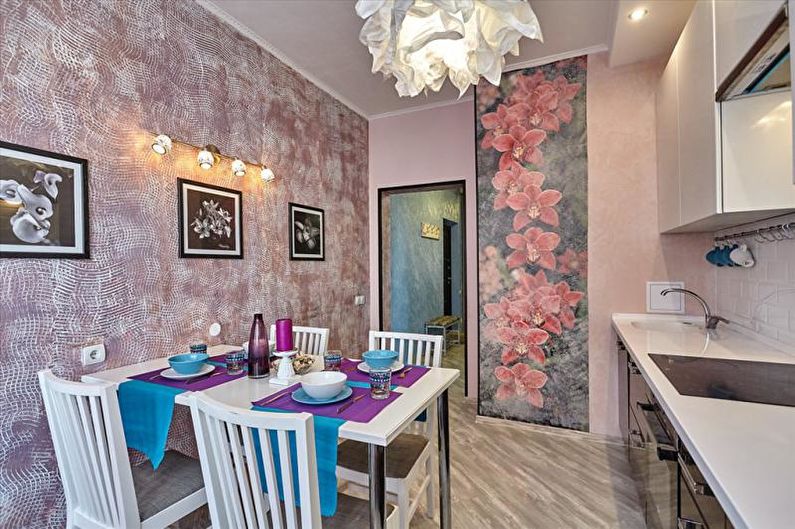
Wallpaper for painting for a child’s room
A children's room is a place where the child not only rests, but also grows, develops and forms as a person. Wallpaper for painting is the best opportunity to develop creative skills in children. Changes in drawings to new ones will positively affect the mood, turning the room into a space where dreams come true. A variety of colors and patterns allows you to choose products that will match the child's hobby. The original option is a combination of different colors and reliefs.
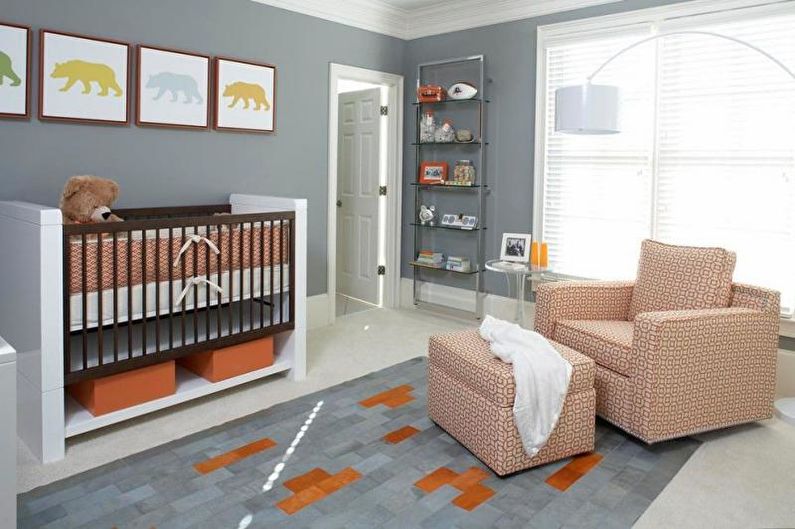
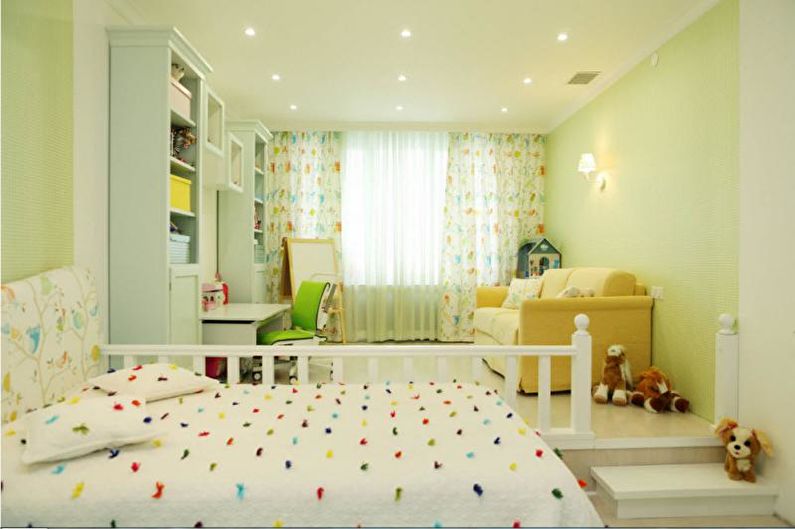
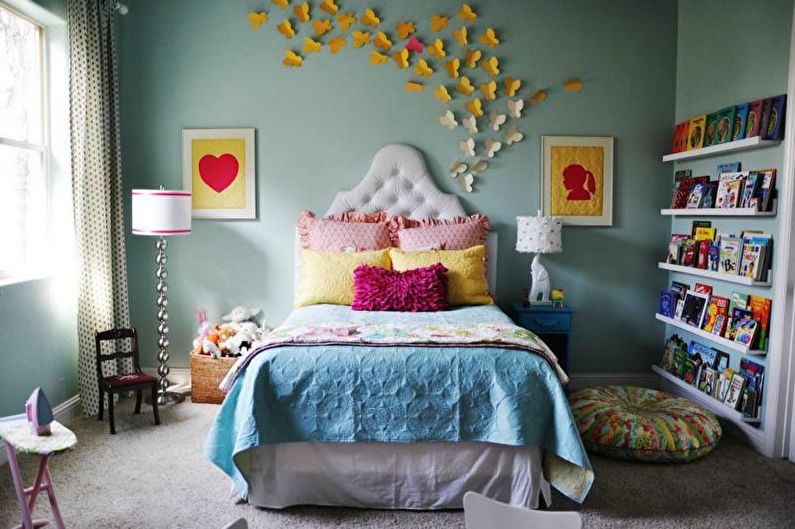
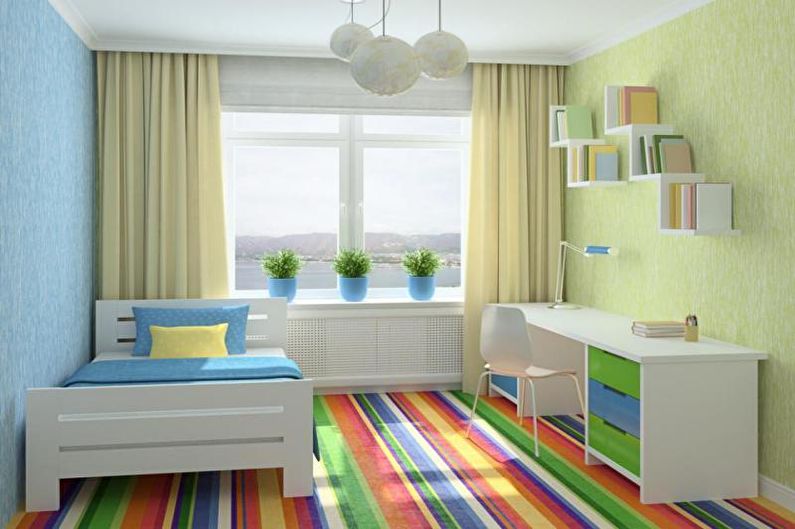
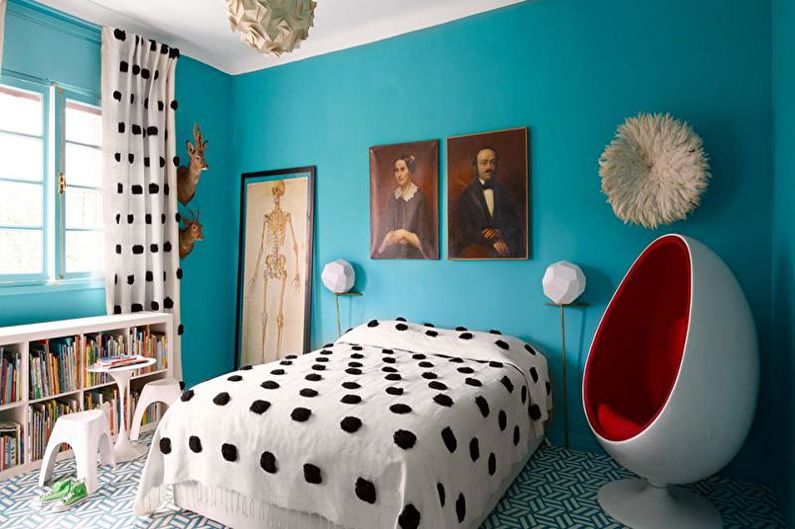
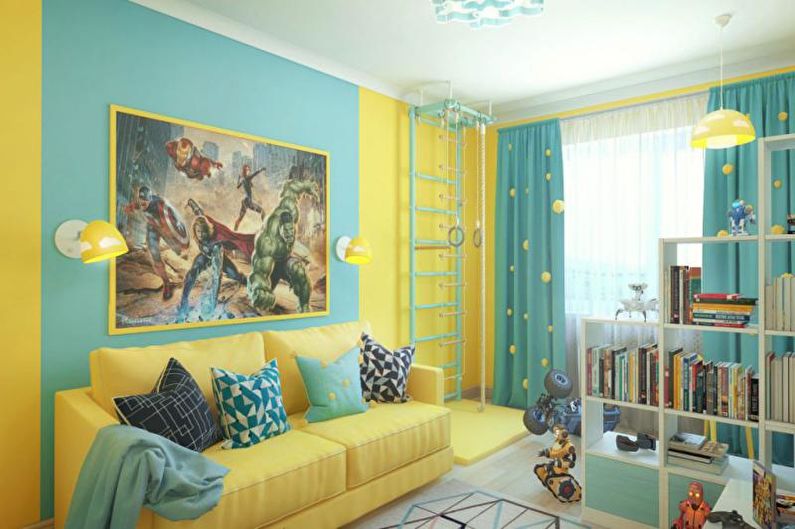
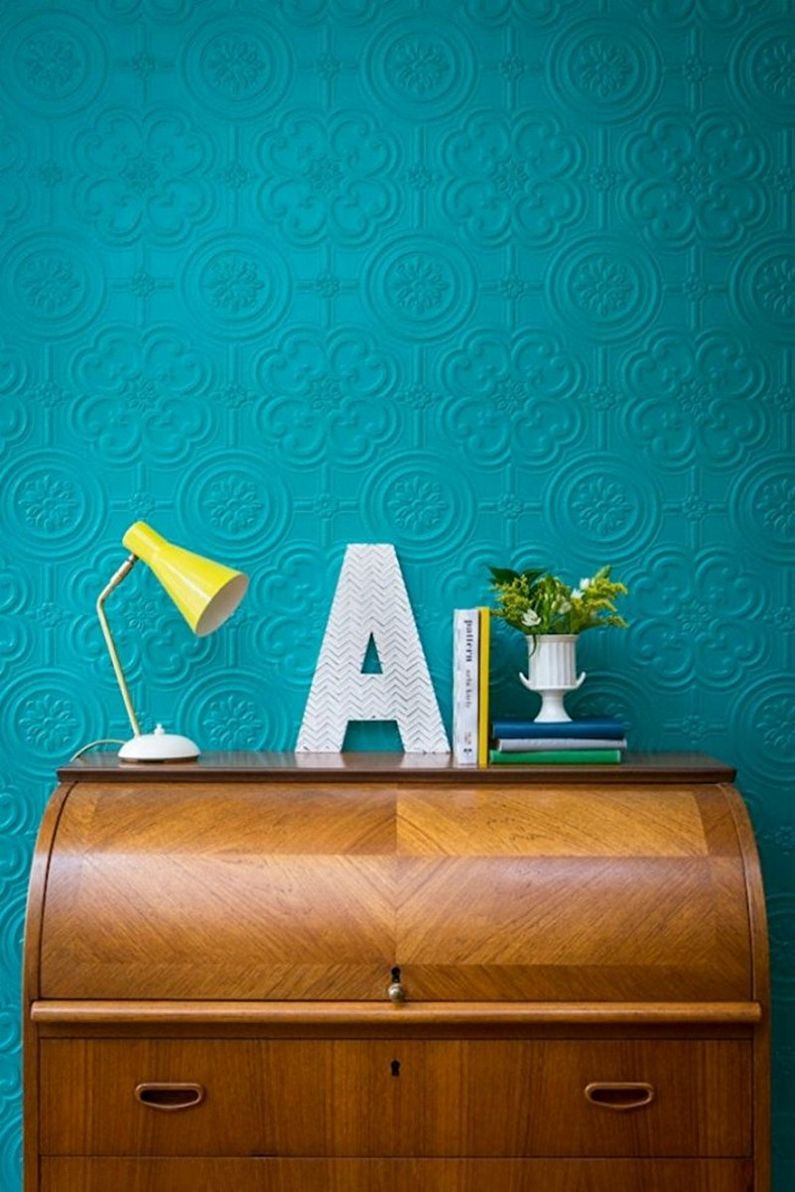
Wallpaper for painting the hallway
The small hallway can easily be decorated with paper wallpaper for painting, narrowing the too long space will help the spectacular reliefs of non-woven wallpapers, you can hide minor irregularities and repair errors in this room with the help of glass-walling, thereby turning a simple corner of the house into a stylish place for inspiration.
